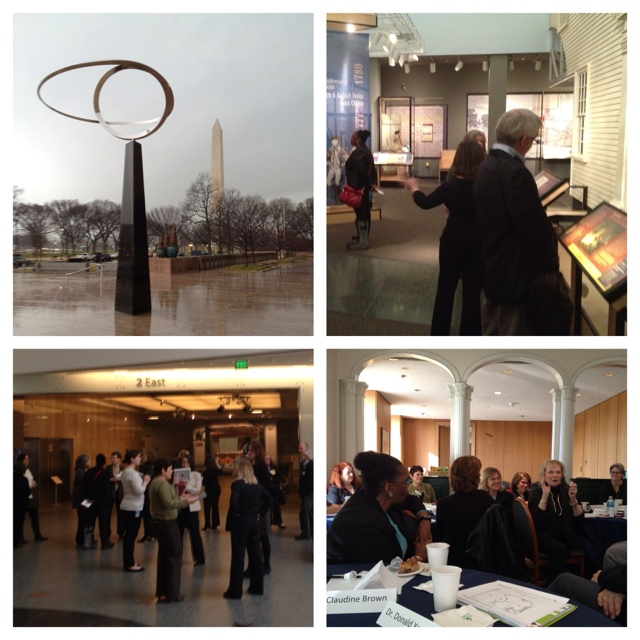This past Friday I participated on a panel that served as an advisory committee for an upcoming National Symposium on Early Learning in Museums hosted by the Smithsonian in Washington D.C. The Smithsonian is implementing a number of early learning areas in different museums across the Mall. Early learning is defined as 8 and younger in this instance (and we looked deeply at the National Museum of American History who is developing a space for children ages 5 and younger). A major component of the panel’s work was to critique and discuss a commissioned literature review about early learning in traditional museums by Mary Ellen Munley (If you’ve never read her article “Is There Method in Our Madness? Improvisation in the Practice of Museum Education,” I highly suggest doing so, it’s the basis for a course I teach about learning in museums).
There is not a tremendous amount of literature regarding early learners and traditional (non-children’s) museums. I found this report to be incredibly helpful (comment to let me know if you would like to review it), and it brought up a number of questions for me including: How do we define early learning? Is it birth to age eight? Six and younger? Children in family groups? Preschool groups? Kindergarten? Toddlers? Verbal/Non Verbal? And how do we differentiate between the work of children and the interactions of the family or child/adult pair during a museum visit?
Needless to say, there are many gaping holes in the literature, and the subject matter is primed for further research. Now let’s get started!



